Angelus Mta – 1 Gm White
Intracanal Medicament
₹3995.00₹5100.00 (-22%)
Benefits

Brand warranty

Secure payments

upto 7 days returnable

Long expiry

EMI
Description
Bioceramic reparative cement MTA is used for root canal perforation, root-end resection, apexification, pulp capping & pulpotomy.
COMPOSITION
White MTA: Tricalcium silicate, dicalcium silicate, tricalcium aluminate, calcium oxide, calcium tungsta
INDICATIONS:
Treatment of perforations of root canal and furcation caused iatrogenically or by caries lesion.
Via canal treatment of root perforation due to internal resorption.
Surgical treatment of root perforation due to internal resorption.
Periapical surgery with reverse filling.
Pulp capping.
Pulpotomy (removal of affected coronal pulp to preserve vitality of remaining pulp tissue).
Apexogenesis (induction of root development in vital teeth with an inflamed coronal pulp).
Apexification (induction of formation of a mineralized barrier at the root tip of young permanent teeth with incomplete
root development and a necrotic pulp).
Specification
Additional information
| Weight | 0.1 kg |
|---|---|
| Brands |
Features
Features
- Ions Calcium Release:Enhances formation of mineralized tissues; provides biological seal of perforations and total repair of damaged periradicular tissues
- Biological action:;Capable of inducing neoformation of periradicular cementum
- Easy to use:does not lose properties due to moisture of oral tissues
- High alkalinity: Bactericidal
- Low solubility:Does not disintegrate
- Biocompatible to oral tissues:Low inflamatory response
- Adequate compressive strength:Can be used as base restoration material
- More radiopaque than dentin and bone:Easy radiograph visibility
- Setting time of 15 minutes:Possibility of immediate restoration
- Enhances formation of mineralized tissues; provides biological seal of perforations and total repair of damaged periradicular tissues.
- Capable of inducing neoformation of periradicular cementum
- Can be used in humid areas without losing properties
- Antibacterial properties
- Does not allow leakage
- Promotes tissue biocompatibility
- Great compressive strength
- Higher radiopacity than that of dentin, allowing excellent radiographic visualization
- Shorter setting time than similar cements
Packaging
Packaging
1gm MTA White
Direction to Use
Direction to Use
DIRECTIONS FOR USE
1. Sterilize a glass slab, a metal spatula and all instruments for the insertion of MTA ANGELUS®;
2. Mix for 30 seconds the content of 1 sachet of MTA ANGELUS® (or 1 spoon of MTA ANGELUS®) with 1
drop of distilled water. The mixture should be homogeneous and with a consistency similar to wet sand;
3. Place the cement on the selected site with a sterilized amalgam carrier or other appropriate instrument;
4. Condense the cement with instruments such as amalgam condensers, a number 1 spatula or absorbent
paper points moistened with distilled water.
IMPORTANT: If MTA ANGELUS® is not used immediately after mixing, its dehydration can be prevented
and the working time increased by covering the mix on the glass slab with a wet gauze. If the mixed MTA
dehydrates, it must be discarded.
FAQs
FAQs
WHICH ARE THE MAIN PROPERTIES OF MTA?
- Chemical:
Release of calcium ions: allows formation of mineralized tissues.
Highly alcaline: prevents bacterial growth. - Physics:
Low solubility: may be used directly on pulp and periapical tissues.
Compressive strength: 44.2 MPa – may be used as base for restorations.
Expansion after hydration: seals cavities completely.
Setting time (15 minutes): may be used in single appointment.
Radiopaque: allows radiographic control.
BiológicasBiocompatibility: may be used directly on living tissues.
New formation of cement: only dental material with this capacity.
Remineralization of dentin: allows formation of biologic barrier.
Biologic sealing of perforations: complete healing of periapical tissues.
WHAT IS THE DIFFERENCE BETWEEN GRAY MTA AND WHITE MTA?
White MTA has less iron oxide in its composition. This substance is the responsible for the
darker color of the Gray MTA. Such reduction in the levels of iron oxide does not interfere
with the great properties of the cement MTA.WHICH ARE THE INDICATIONS OF MTA?
- Treatment of root canal perforation
- Treatment of furcation perforation
- Treatment of root canal resorption
- Retrofilling in periapical surgeries
- Direct pulp capping
- Pulpotomy
- Apexigenesis
- Apexification
- Intracoronal barrier during tooth bleaching
- Apical plug
HOW IS MTA APPLIED?
The consistency of MTA is different when compared to conventional dental materials. Its application may be performed with insertion spatulas, amalgam carriers or instruments specially designed for MTA handling (e.g., MTA Carrier and MAp System). MTA should never be used with a Lentulo spiral because it needs to be directly placed in the area to be repaired.WHY IS THE SETTING TIME OF MTA ANGELUS FASTER THAN OF THE OTHER BRANDS?
Since 2002, the setting time of MTA Angelus was modified from 2.5 hours to 15 minutes.
This reduced setting time is exclusive of Angelus. The concentration of calcium sulfate, which is the substance responsible for the long setting time, was decreased. MTA Angelus allows final restorative treatment in the same clinical appointment of MTA insertion.CAN MTA BE USED AS A FINAL ROOT CANAL FINAL FILLER?
MTA does not have a proper consistency (flow) for final root canal filling. Also, after its
setting, removal would be extremely difficult if reentry is necessary.

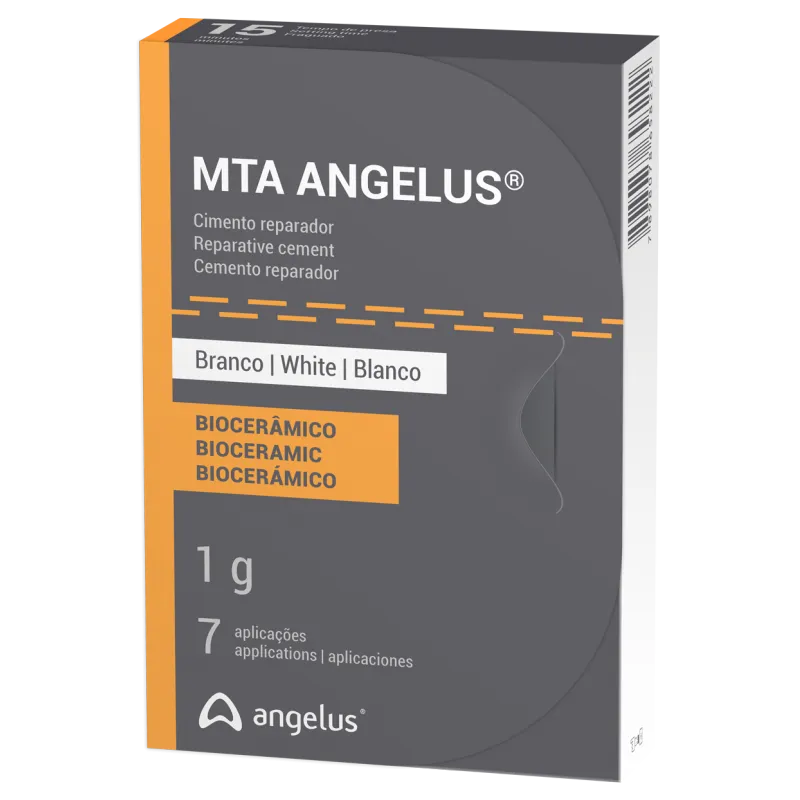
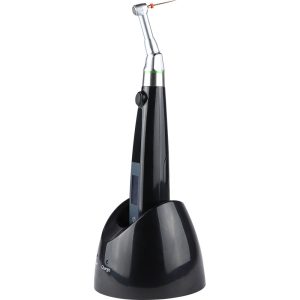
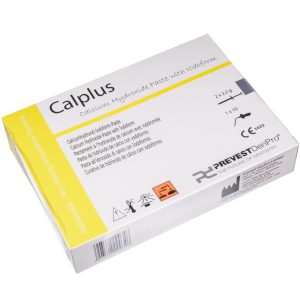
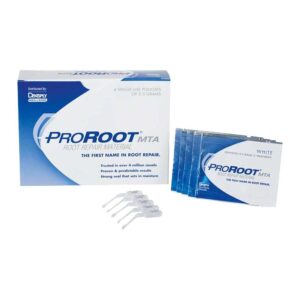

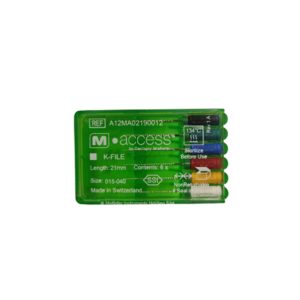
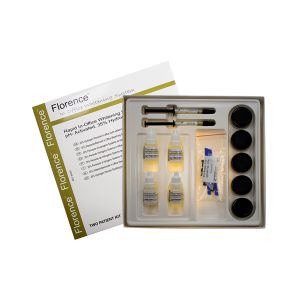
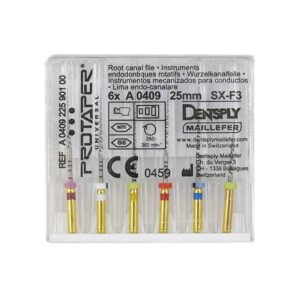
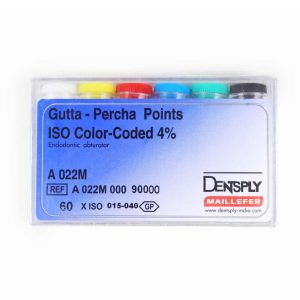
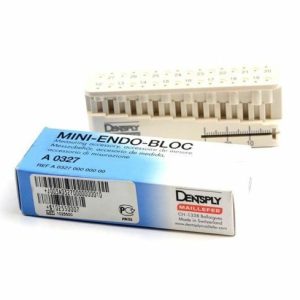

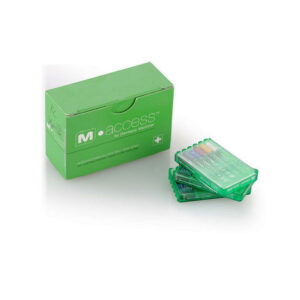
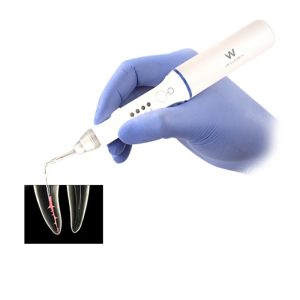
Reviews
There are no reviews yet.